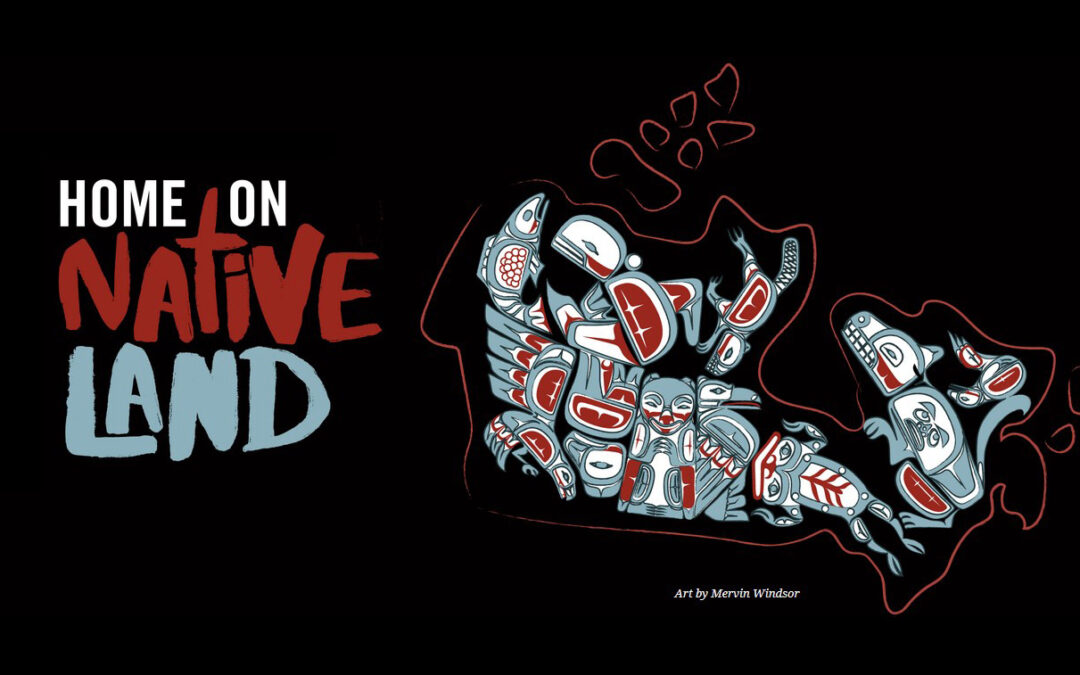Welcome to Home on Native Land, a self-guided course about Indigenous justice in Canada. Through a series of 10 videos, cartoons & lessons, take a walk down the back alley of history — and the frontlines of legal action — with Anishinaabe comedian Ryan McMahon.
What leading First Nations thinkers, artists, and — yes — comedians reveal in their reflections is fundamental knowledge for anyone who is committed to living in a fair country.
While we may all have heard about residential schools, treaties, and reconciliation, how much do any of us know about the Indigenous laws that have been around for far longer than the Canadian constitution?
Though they’ve been ignored and often trampled over the past 150 years, Indigenous Peoples have ways of relating to the land and to one another that allowed people to live on these lands and waters for thousands of years without disrupting the ecological balance. Those laws — upheld by Treaties and validated in case after case in the country’s courts — offer a path forward not only for cultural understanding, but for our very survival in a time of climate crisis.
Jump into this free 10-part course on Indigenous justice in Canada and discover the myths, absurdities, and possibilities that are baked into the laws of this land.
Then: join forces to become part of putting reconciliation into action.

Whose land is it? Landscape belongs to itself (as is implicit in the plea in a recent Community Blog post for legal rights for forests). Human lives (and human cultures and societies) are short; nature is long — and ancestry of non-human predecessors unimaginably more ancient than human ancestry. Canada’s early explorers and first farming settlers understood and respected the land and its wildlife; they had to, or they wouldn’t survive.